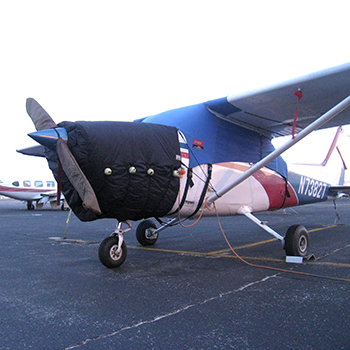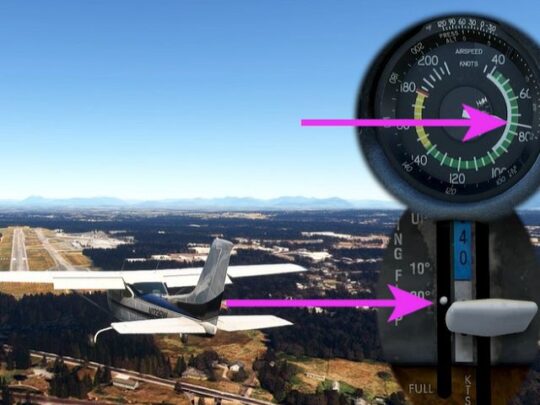Subscriber question:
"I know I need more prime to start in cold weather, but how do I know how much more?" — Cassie C.
Wally:
 “As winter has arrived here at my home airport, I’m hearing lots of airplane starters grinding over and over, with no results.
“As winter has arrived here at my home airport, I’m hearing lots of airplane starters grinding over and over, with no results.
In the colder denser air, airplanes need more fuel and less air to start. That means if your carbureted airplane engine usually needs two or three strokes of prime in the summer, it needs more: maybe three, four, or even five strokes before starting when the air and engine are really cold.
If your engine is fuel injected and normally primes by using the fuel boost pump and full rich on the mixture control, try leaving the mixture control in and pump on for one, two, or three seconds longer than you would in the summer.
If the engine fires but only runs a second or two, it’s telling you it needs more fuel. So give it more on the next try by using the primer, or fuel boost pump, as appropriate.
Avoid slowly advancing the throttle while cranking as well. Doing this only adds more air to the mixture, which makes it more difficult to start. Most pilot operating handbooks advise opening the throttle only ¼- to ½-inch for starting. That’s not much. Now don’t confuse ¼- to ½-inch with ¼- to ½ throttle opening.
Of course, too much prime can flood the engine. If you smell fuel or see it dripping from the lower cowling, let the airplane sit until those symptoms disappear, and then try the POH recommended flooded start procedure.
Here’s one more tip and maybe the most useful of all: If possible, simply avoid starting a cold-soaked engine by getting a pre-heat or installing an engine preheater.
Starting an airplane during cold conditions is often more of an art than procedure. Know your POH recommendations, pre-heat if possible, and don’t be bashful. Ask local CFIs or an aviation mechanic if they have any good techniques for your specific airplane and climate.”
Do you have your own special cold weather starting procedure?

